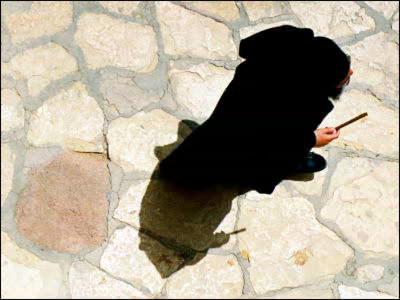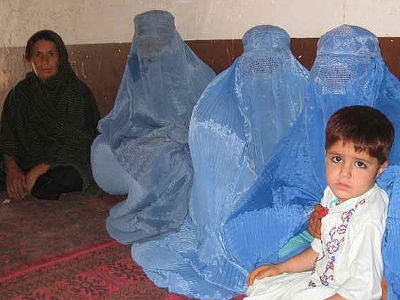'Hole Man', last surviving member of tribe who lived alone in Amazon jungle for at least 26 years, dies

An indigenous man who lived alone in a small village in the southwestern Amazon and dug a mysterious large hole, hence the nickname 'Hole Man,' has passed away. The Guardian, a major British newspaper, has delved into the life of the man who lived alone for 26 years and the relationship between the indigenous people and the local government.
Brazil's mysterious 'man of the hole' is dead. Should his land remain protected? | Indigenous peoples | The Guardian
The coveted legacy of the 'Man of the Hole' and his cultivated Amazon forest
https://news.mongabay.com/2023/11/the-coveted-legacy-of-the-man-of-the-hole-and-his-cultivated-amazon-forest/
The identity of the man in the hole is shrouded in mystery, and for some reason he has refused assistance from non-indigenous people, and has not spoken a word even when contacted by the research team. Therefore, the man in the hole does not even have a name, and has been given the formal name 'Tanal'. The Tanal are a member of a so-called uncontacted tribe (Isolaad), and according to local officials, Tanal's family may have been massacred by settlers, and he is thought to be the last surviving indigenous people.
Below is a video of Tanar.
Fresh footage released of last survivor of Brazilian Amazon tribe - YouTube
Tanar lived alone in the forest for at least 26 years, moving around his territory, building several homes, planting crops, hunting, and is known to have mysteriously dug large holes in his home. It is unclear what the holes were used for, and researchers speculate they may be related to religious beliefs.

When a research team from the Brazilian government agency, the National Indigenous Foundation (Fundação Nacional dos Povos Indígenas, or FUNAI), came across Tanar in 1996, he fought back, firing arrows at FUNAI through the trees. In 2007, the FUNAI team tried to contact him again, but Tanar again fought them off and one of the team members was severely wounded by an arrow.

Tanar died in his hammock in 2022. His death marked the annihilation of an ethnic group and the start of a new land rights dispute over 80 square kilometres of jungle.
The Brazilian Constitution stipulates that indigenous lands belong to indigenous peoples, and legally, the government owns the land and indigenous peoples have the rights to it. However, the Tanars are the last surviving indigenous people, and because they themselves refused contact with the outside world, although the land of the ethnic group to which they belonged was legally recognized, its boundaries had never been determined. For this reason, unlike other lands, special measures were taken to give the Tanars temporary restrictions on land use.
Since Tanar's death, people who own the surrounding land have appealed to the government to release the land where Tanar lived, but the government believes that the land should be protected as indigenous people's even after Tanar's death, and has argued that it is appropriate to re-establish the correct boundaries and leave it as government land, leading to a lawsuit. The protection of Tanar's land also has a strong meaning as a reflection on the government's past encouragement of the killing of indigenous people, and it is said to be the first time that land protection has been sought for the sake of compensation rather than for the prosperity of living indigenous people.
During Brazil's military dictatorship from 1964 to 1985, white settlers and ranchers were encouraged to take forests from the inhabitants, and various accounts reveal that indigenous people were poisoned, deliberately injected with smallpox, and even pursued by helicopter.
For this reason, many Isolados refuse contact with others even in the 21st century. Brazil has a policy to prohibit unnecessary contact with Isolados, but in order to prove the existence of an ethnic group that should be avoided, someone must make contact and prove their existence, so government agencies such as FUNAI play that role.

Fabio Ribeiro of the Indigenous Peoples' Rights Observatory points out, 'The land demarcation process has been bogged down for years. Identifying uncontacted tribes is difficult, and you have to prove the existence of a group first. So far, 114 different groups have been reported, but 85 of them have not been systematically surveyed by FUNAI. That's a lot.' The government has also asked FUNAI to move forward, but FUNAI has complained that it is 'severely understaffed, underfunded and undertrained.'
'Tanal's death highlights the complexities of Indigenous land rights disputes, the impact of historical atrocities and the continuing risks to uncontacted peoples,' The Guardian reported.
Related Posts:
in Posted by log1p_kr







